I don’t make anything fancy for Thanksgiving. I like, and my family likes, a good homey kind of Thanksgiving. One that we have eaten in some iteration for as long as I can remember.
I figured out a long time ago my food is far better when I don’t try to hide behind fancy. Don’t get me wrong I like fancy and I enjoy cooking gourmet meals but in my early days of cooking I would hide behind fancy instead of doing the hard work of using good culinary methods and sourcing quality ingredients. If you do the later homey becomes fancy and incredibly delicious.
My definition of quality ingredients has varied over the years but I think I have finally landed squarely in the Jacques Pépin camp. What I like about Chef Pépin is he uses what is best in the moment. Summer fruits in winter? To which I am quite certain he would say, don’t be afraid to use frozen because they more than likely taste far better than anything in the fresh produce department. I feel the same way about green beans. I didn’t always, but a well sourced bag of frozen Frenched green beans far out ways the hassle of blanching fresh beans and frozen is worlds ahead of canned.
I provide the usual suspects at my Thanksgiving table, like this casserole, but I choose my ingredients and cooking methods carefully so as to get the best out of each dish. In the recipe I call for making a velouté, a mother sauce in the culinary world. (For folks around Indianapolis of the right age and if you ever ate at the LS Ayres tea room you will more than likely know this sauce as Chicken Velvet Soup. There, the secret is out, I just taught you how to make chicken velvet soup using this green bean casserole recipe, simply leave out vegetables and you have it or, for that matter, leave in the onion, carrots, and celery.)
For Thanksgiving, this is a dish where I would have all the ingredients ready in advance. If I felt the need I would get it into the casserole dish on Wednesday but I would leave off the potato chips or onions, until right before I am going to bake it in the oven.
2 TBS. unsalted butter
2 ½ TBS. all purpose flour
⅔ C. yellow onion, minced
½ C. celery, minced
1 ½ C. chicken broth, unsalted (or turkey stock-hint, hint)
2 TBS. heavy cream
1 pound frozen Frenched green beans, thawed in a colander to drain excess water
Salt and fresh ground black pepper
2 oz. potato chips, crumbled (you can use crispy onions here too)
- Place a medium sized heavy bottomed sauce pan over medium heat. Add butter and let it melt.
- When the butter has melted add the flour and stir with a wooden spoon to make a roux/paste. Stir constantly but gently until the butter/flour mixture smells like popcorn and turns from yellow to golden.
- Add onions and celery. The roux will clump up around the vegetables. Cook the vegetables for 3 minutes.
- Add the broth to the pot, turn the heat to high, and stir continuously until the liquid comes to a boil and thickens.
- Reduce the heat to low and allow the sauce to cook and thicken. Taste, add pepper and salt, stir, and taste again.
- Combine the sauce with the beans and spread into a buttered gratin. Spread the crumbled chips over the top and bake at 375F for 35 minutes or until bubbly and brown.
- Let cool for 5 minutes before serving.

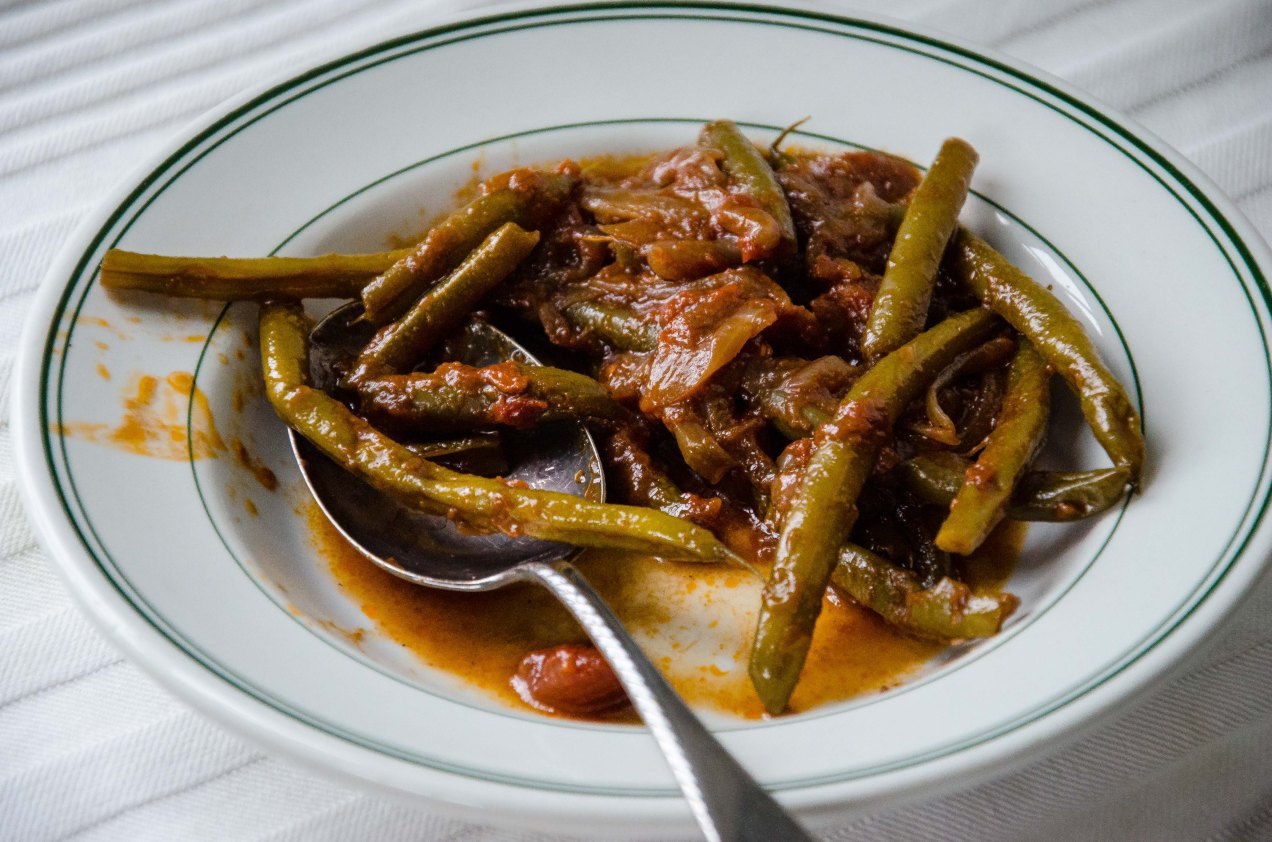




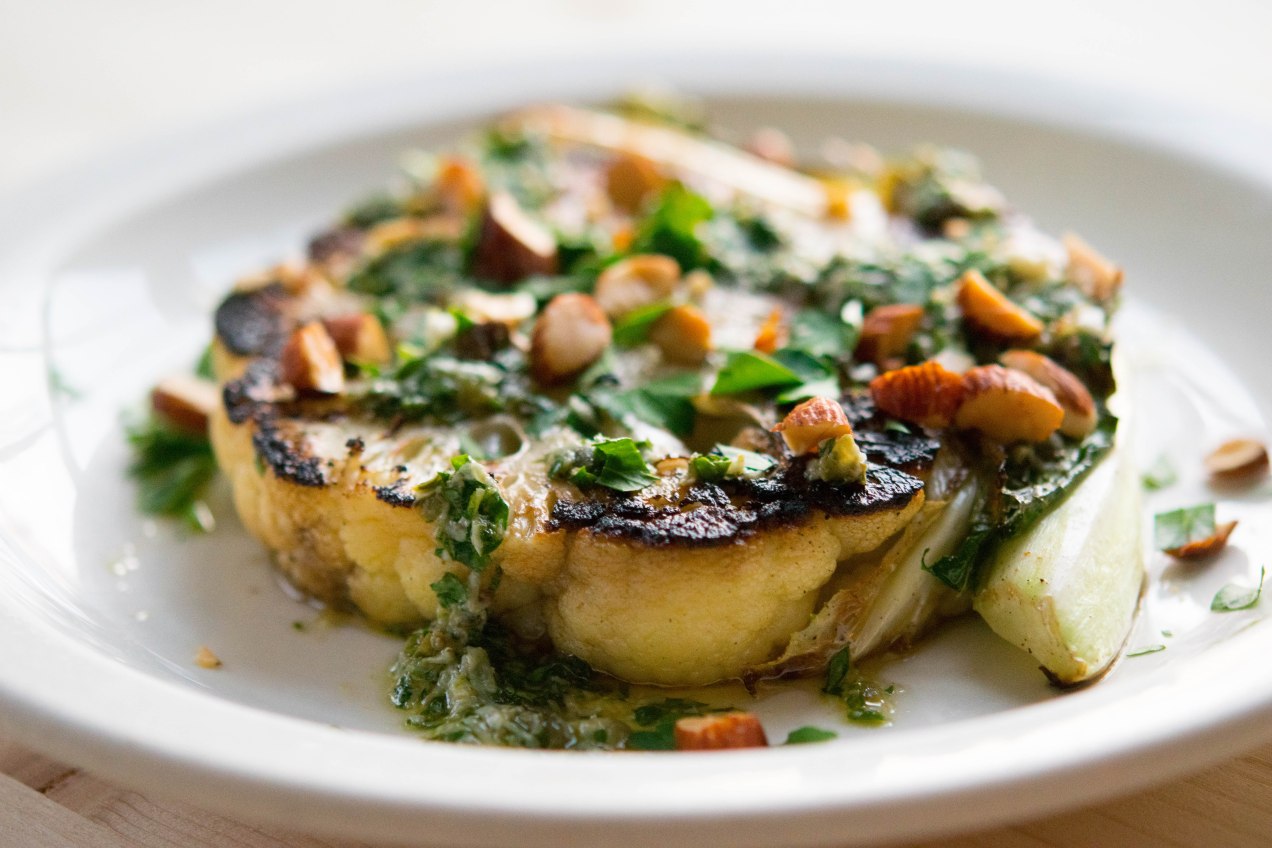





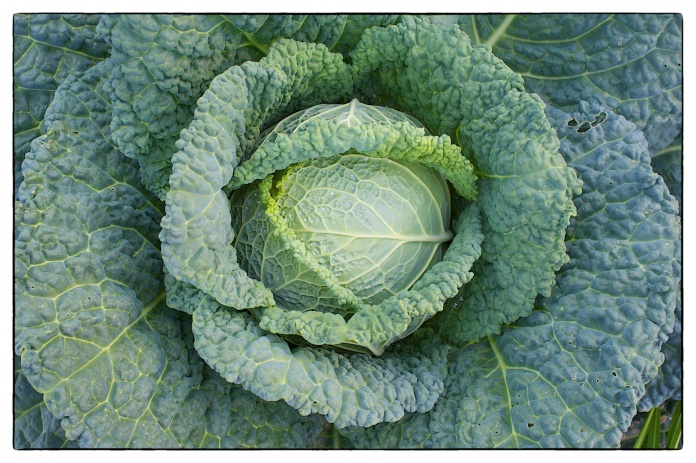






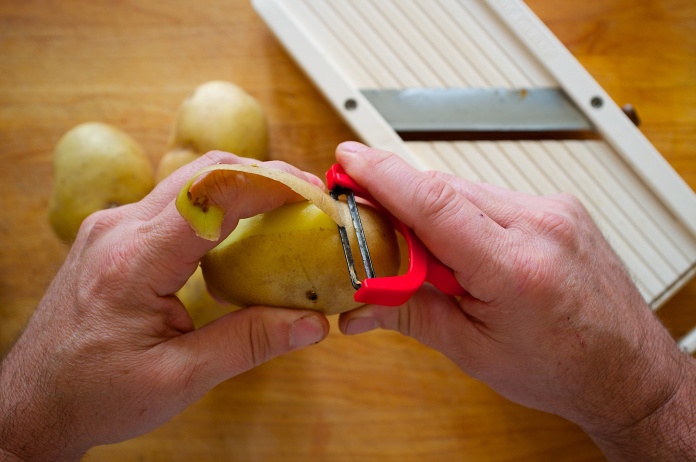


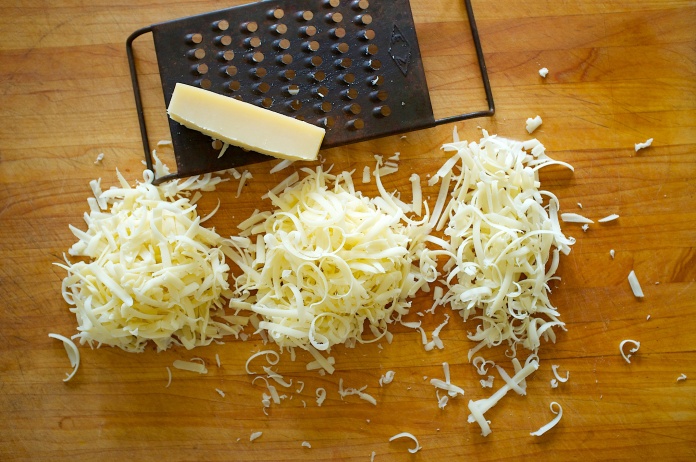

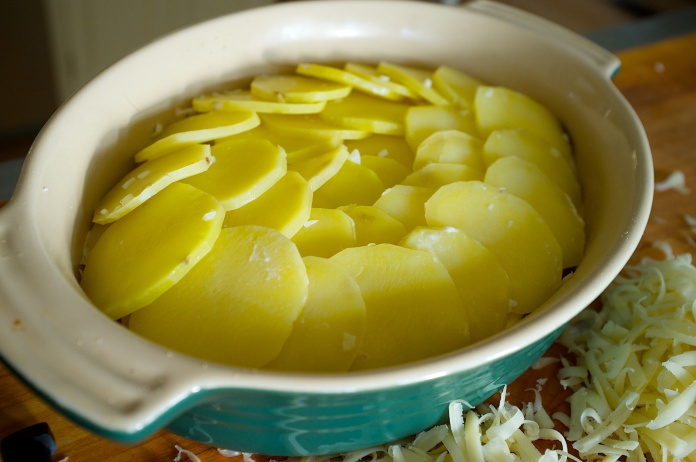
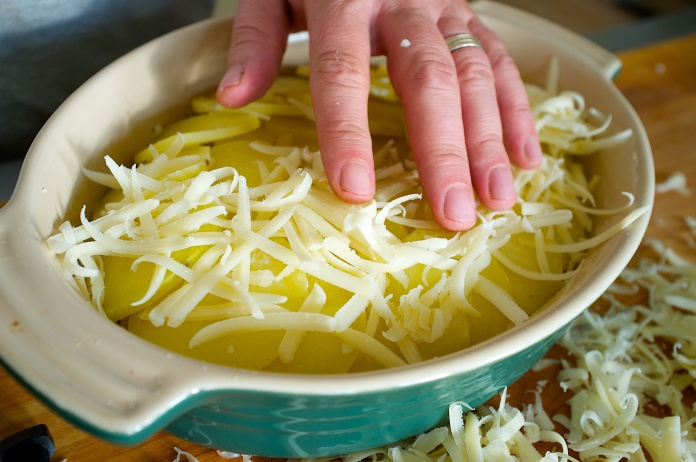
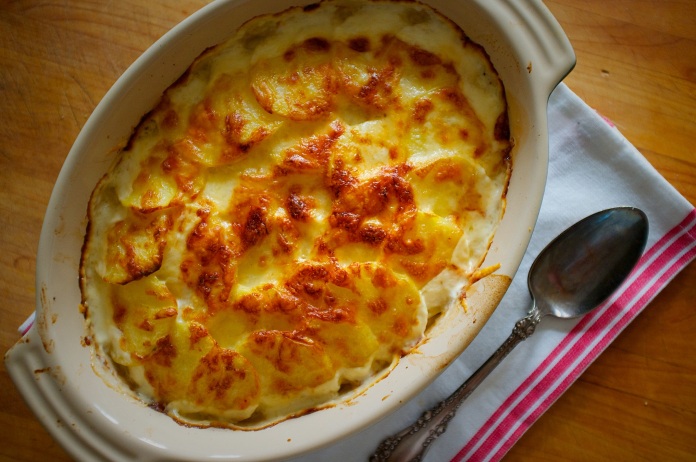







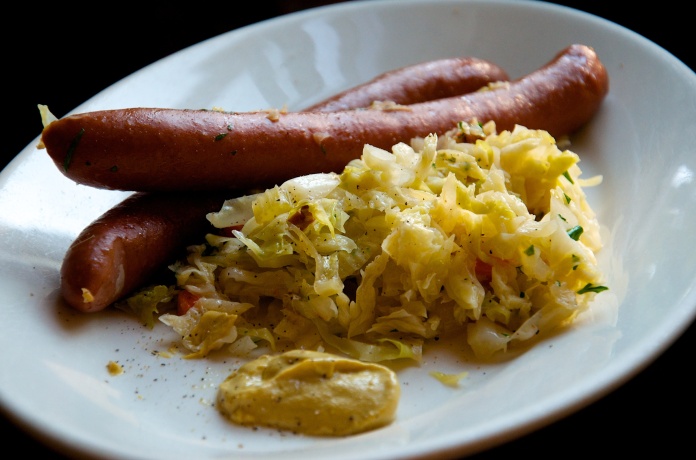







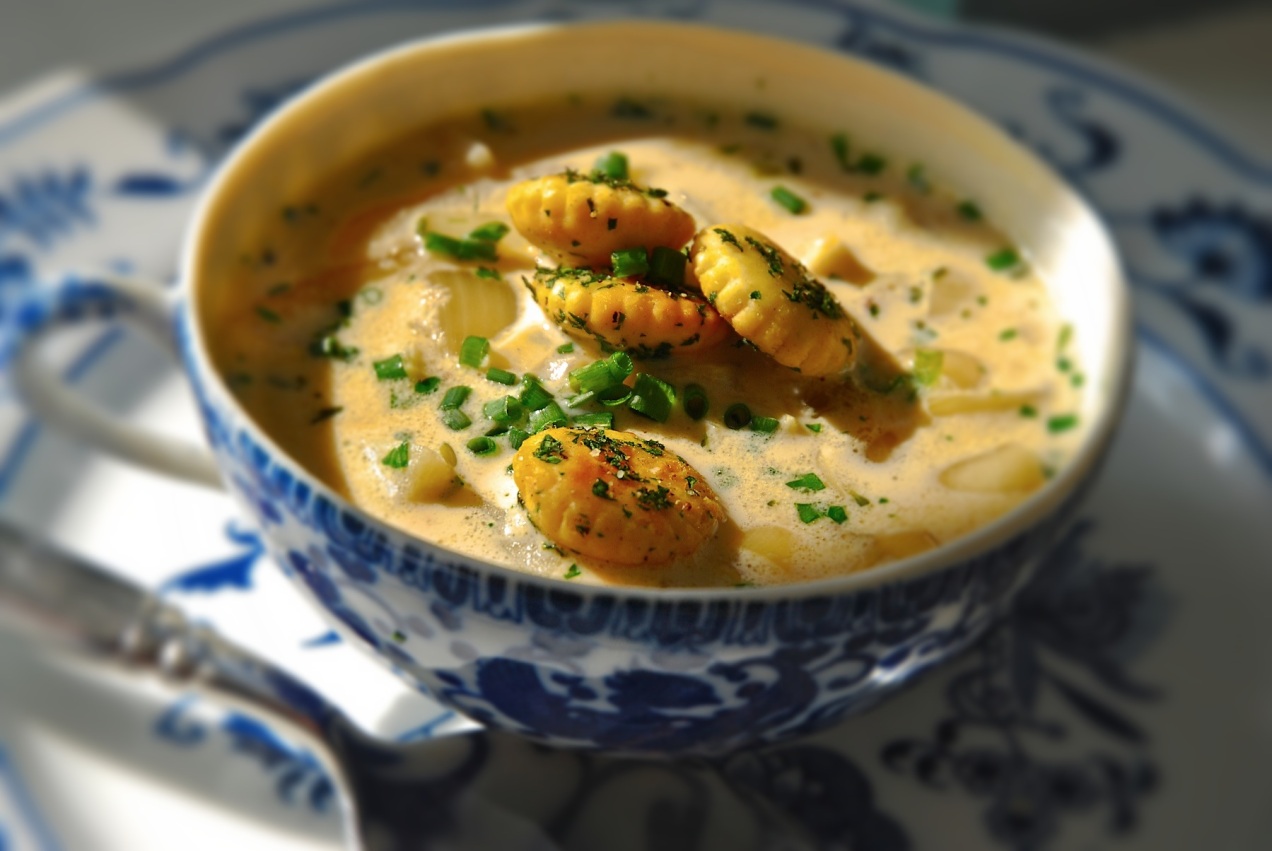






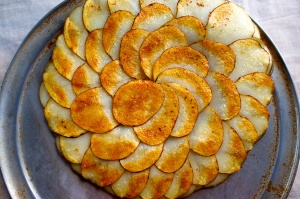

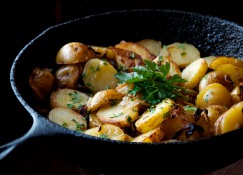


















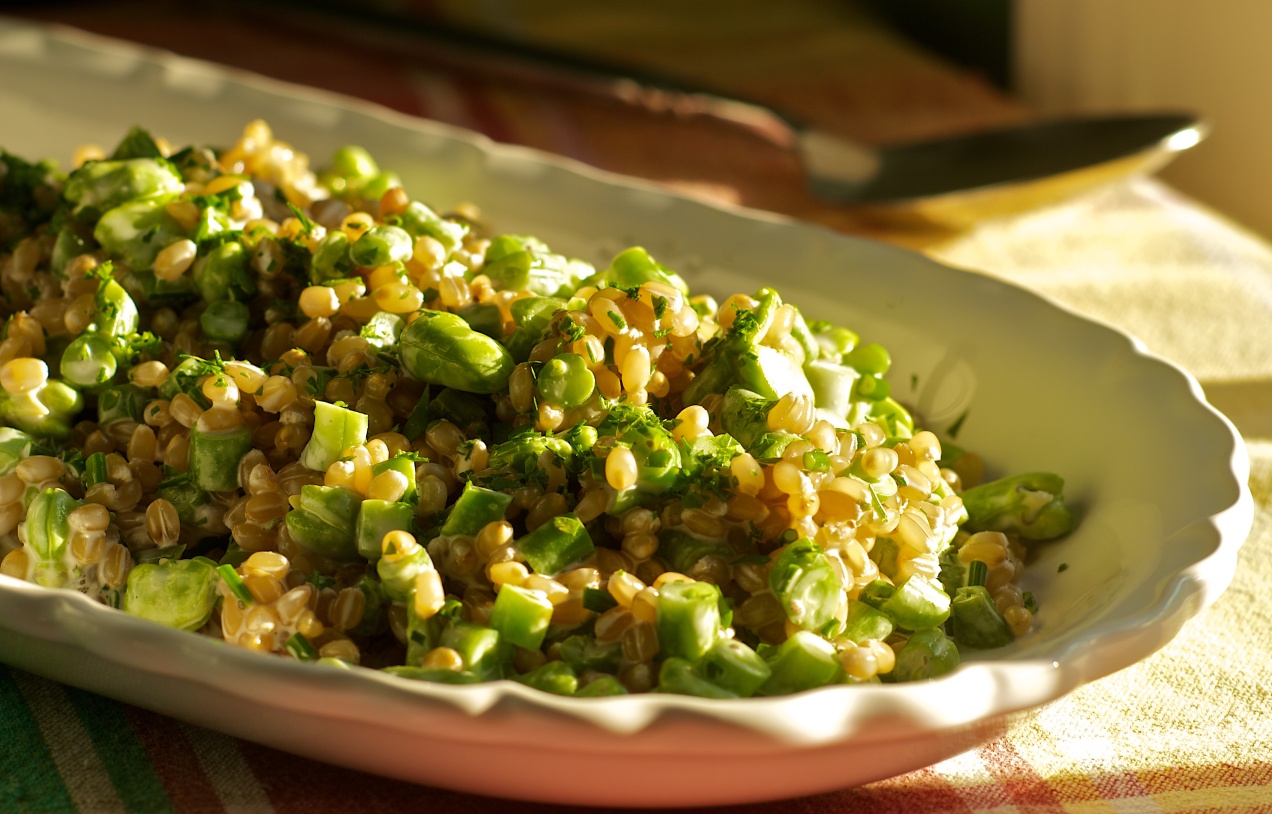


















 Recipe adapted from The French Laundry Cookbook
Recipe adapted from The French Laundry Cookbook



